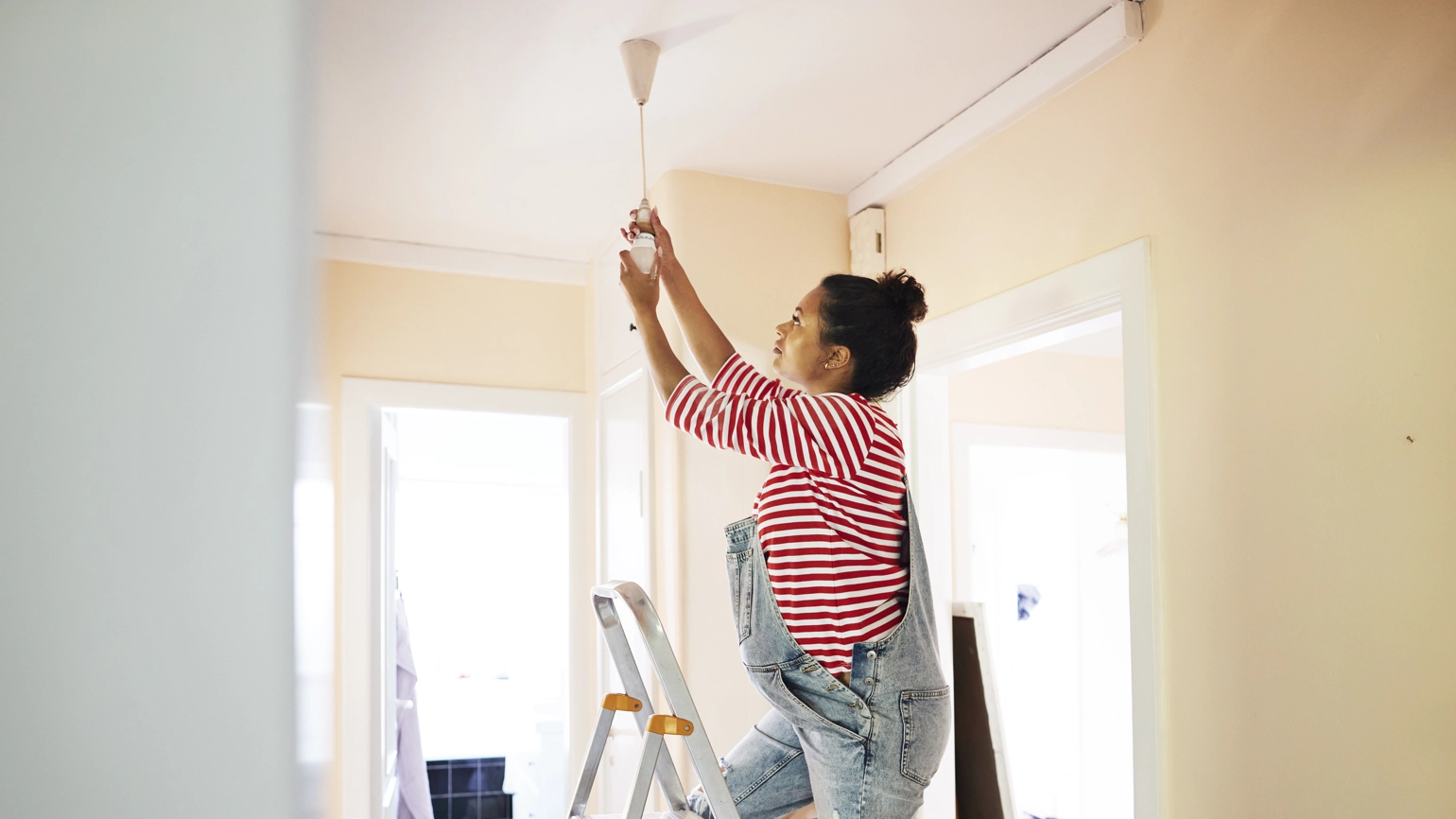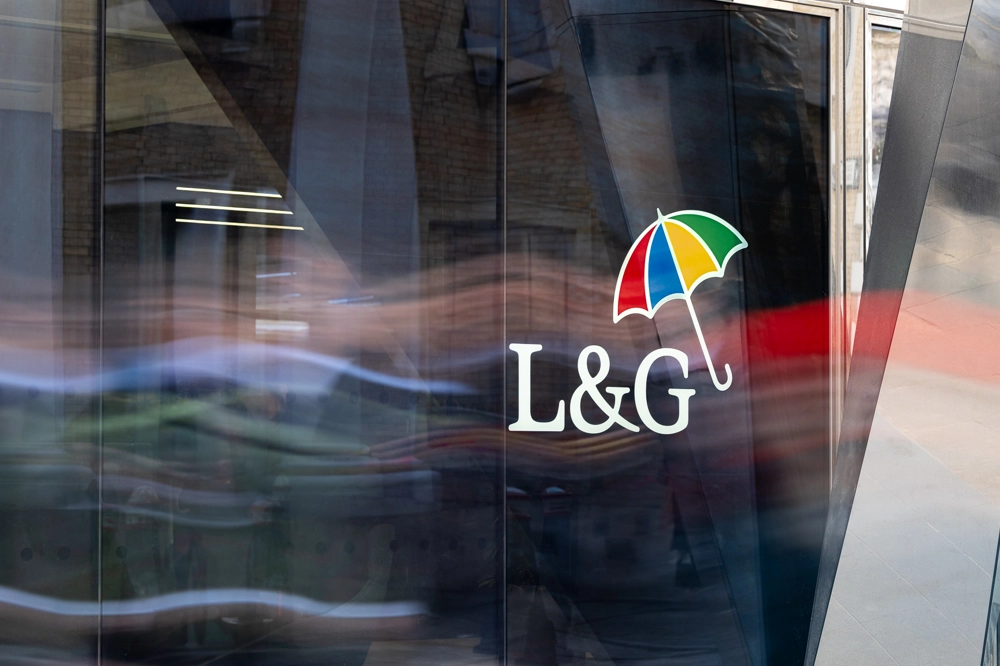The phrase “building back better” has become the mantra for post-COVID recovery.
Originally coined as the terminology for disaster and risk reduction response, its meaning took on a new importance as the world was almost brought to a standstill during quarantine, and subsequent economic growth and sustainability became the focus of the UK government in the roadmap out of lockdown towards the UN Paris Agreement and the net zero 2050 commitment.
Real estate and the built environment’s role in the building back better initiative is one which is now dependent, to a significant extent, on reaching net zero if it is to not only survive but thrive, as those who do not meet new energy standards risk becoming stranded or unattractive, therefore, losing value.
With the UK currently facing a burgeoning housing crisis, with estimates that in England alone, around 340,000 homes must be built per year until 2031 to meet demand, social impact is intrinsically linked to environmental performance. The government has confirmed that all new residential buildings must be zero carbon by 2025, and in response to a consultation on the Future Homes Standard – it said that new homes would be expected to produce 75-80% fewer carbon dioxide emissions compared to those built to current Building Regulations. This year alone, carbon emissions on new homes must be reduced by 31%.
Sustainable homes
As the pace of new homes increases, the environment must be considered, and sustainable home design plays a crucial role in improving energy efficiency and indoor environmental quality for occupants, as well as reducing the environmental impact from building construction. Construction works need to become more sustainable in order to lower greenhouse gas emissions whilst also responding to demand. Given that the global construction industry currently uses 40% of the world’s energy supply, it is clear that sustainable housebuilding is the only way forward.
Whilst not on the same pace as residential, commercial build plays a similar role. From an investor/ occupier standpoint, the demand for buildings with green certifications and net zero considerations are attracting more interest than those without, and therefore by building better we can achieve a similar result which benefits our occupiers, the environment and ultimately our stakeholders – driving the enduring success of the building for decades to come.
At LGIM Real Assets, we take a whole carbon lifecycle approach starting from construction development to end of life. We are looking at various ways of doing this, including the development of new net zero roadmap audits to assess the transition path and initial cost, working with our supply chain on new asset sustainability estimates, improving data quality and reporting at asset and fund level, and implementing new technology. We’re assessing climate-related risk and resilience – a new methodology to assess the physical risk profile of climate change scenarios across our assets.
Collaborating for net zero
By 2030, all homes built by Legal & General’s housing businesses will be capable of operating at net-zero carbon emissions. Collaboration across our organisation and with external partners will be the key to decarbonising and future proofing these assets. We will be working closely with all our stakeholders; from our colleagues, designers and developers, to building occupiers, managing agents and facilities managers. These partnerships will be vital in our race to net zero and in building back better.
We are working on major regeneration schemes in towns and cities across the UK, to create opportunities and provide access to basic services and infrastructure for everyone. By building back better, we are contributing to the enduring success of these towns and cities. By implementing sustainable practices, we are ensuring the longevity of these assets and of the opportunities that we have created.
As we build back, we must build back better for the environment in which we operate, making it more than a mantra, but a promise.




